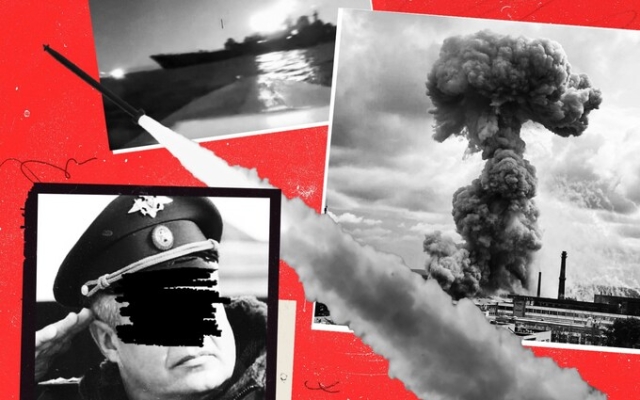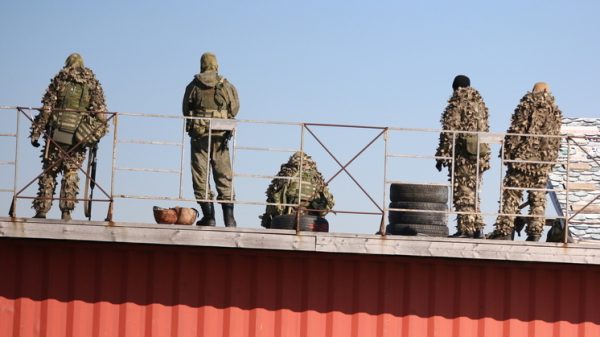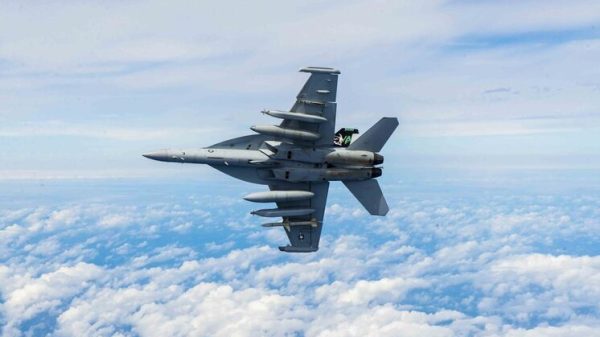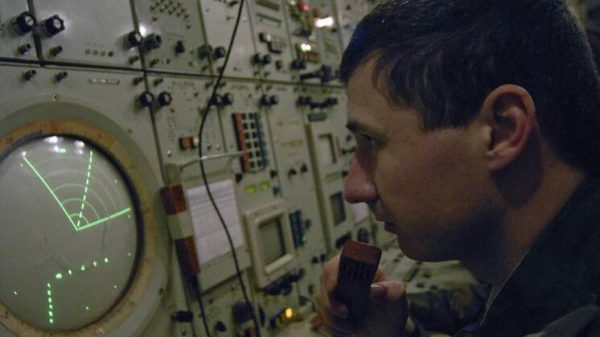 The fate of the war hangs in the balance as Ukrainian troops resort to tactics practiced in the first year of the invasion
The fate of the war hangs in the balance as Ukrainian troops resort to tactics practiced in the first year of the invasion
Ukrainian counteroffensive this summer is likely to became one of the most high-profile military operations of all time.
Since at least the beginning of the year, pundits, commentators and pundits — not least the Ukrainians themselves — have been telling us that Ukraine has built a force of tens of thousands, equipped them with modern Western equipment, and that they will cut down along Russian lines. The Russians — poorly trained, poorly equipped and with low morale — would give up and run away.
At least, so the story goes.
Faced with extremely tough Russian defenses, the Ukrainians of the Force were forced change their tactics, returning to long-range strikes against supply lines and top generals to save their hesitant counteroffensive.
Ukrainians still have a chance to succeed. This summer they have one main military goal: to break through the positions of the Russians south of Zaporozhye and reach the coast of the Sea of u200bu200bAzov. This maneuver would split the Russian forces in two, which would greatly hamper Russia's position in Ukraine.
Targeted Ukrainian counter-offensive attacks
In the first weeks of the counter-offensive, Ukrainian forces launched daring mechanized and armored strikes against Russian positions with small fractions of their available forces in in general.
Designed to draw in the Russians and find and destroy their strengths, they initially seemed successful: the Ukrainians had taken more territory from the Russians in the first two weeks than the Russians had gained in their winter offensive in the first six months. of the year.
But as soon as they overcame the initial Russian positions, Ukrainian losses began to accumulate on Russian defense lines, fortified for several months by minefields, anti-tank ditches, barriers and multi-level trenches. .
Thus, the Ukrainians had to change their approach and return to a number of tactics they had perfected in the first year of the war: destroying Russian supply depots and attacking logistical installations such as bridges and railway stations. And equipped with intimidating Western artillery such as the British AS-90 and longer-range GPS-guided rocket artillery, they began systematically destroying Russian artillery.
Analysis of Ukraine more
Ukrainian attacks on Russian logistics are concentrated in three areas. They attempted to isolate Crimea by attacking the two main bridges leading to the peninsula — the Chongar Bridge connecting Crimea with southern Ukraine, and the Kerch Bridge connecting Crimea with Russia.
The Chongar Bridge, in particular, during July it has been hit several times, often by British donated Storm Shadow cruise missiles, and was last hit on 6 August. This is Russia's main rail link between its logistics base in Sevastopol and the front line in southern Ukraine.
The Kerch Bridge, which was badly damaged during the attack in October 2022, has also been repeatedly hit by maritime drones. Each strike on these bridges reduces the cargo Russia can carry across them, making their logistical efforts more difficult.
Ukraine's surface-to-air missile
Third, the Ukrainians have hit supply depots in Sevastopol itself, which has reduced the amount of fuel and ammunition available to Russia, but also means more supplies need to be brought in over the degraded rail network, further stretching Russian forces.
But perhaps the most defining feature of this set of new Ukrainian tactics is the deliberate targeting of Russian artillery pieces.
Artillery is central to the way Russia wages war. In Russian doctrine, inherited from the Soviets, artillery is the main method of destroying enemy forces. The degradation of Russian artillery is a key way to make Russian forces less effective.
Ukraine's drone strike
Since July, Ukrainians have destroyed about 25 Russian artillery pieces a day — about twice as many as in the rest of the war.
To date, the Russians have lost about 5,000 artillery pieces, which is about two-thirds of their active systems. If these losses continue, they will eventually begin to have a serious impact on the ability of the Russians to wage war effectively.
But is it too late?
In theory, this new tactic would make it much easier for Ukraine to break through Russian positions.
The successful Kharkiv and Kherson offensives last year were preceded by Ukrainian degradation of Russian logistics, meaning they were unable to fight effectively. The near destruction of the Antonovsky bridge at Kherson, more than anything else, hastened the Russian withdrawal in the area as the Russians were unable to supply their troops.
Ukraine goes on strike,
But time is running out. With a maximum of four months left before the onset of winter in Ukraine, large-scale hostilities will become much more difficult. And by next spring, the US will enter a presidential election cycle, making it harder for Western governments to continue to argue that they should be supplying Ukrainian forces in the absence of any notable gains on the battlefield. /p>
The fate of war seems to hang in the balance.
Mike Martin is a Senior Visiting Fellow at King's College London and author of How to Fight War.





















































Свежие комментарии